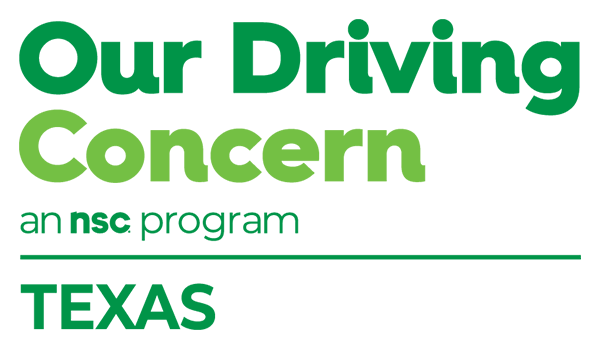Safety Coach
See Through a Sharp Lens
During the height of the pandemic, the American Addiction Centers released a study showing about one in three Americans drank alcohol during work hours while working from home. Experts said this likely was in response to anxiety and fear surrounding COVID-19. So how do we begin to tackle this problem?
One positive outcome is that many employers have become more willing to address substance use disorders of all kinds, and we are here to help. Certainly, we don’t want to turn employers into “drug police,” but we do want to provide them training to recognize the signs and symptoms of impairment and know how to address it.
In our next free online training session, we will explore the effects of alcohol and other drugs on driving and workplace performance. We will highlight the costs and lifestyle impacts of a DWI-alcohol arrest, as well as the benefits of preventative training.
Join us from 9 a.m. to 12:30 p.m. Thursday, Oct. 21. Register now: Drug Impairment Training for Texas employers. There will be three 45-minute sessions, each followed by a 15-minute break, and then one 30-minute session. Upon completion of all four sessions, participants will receive a certificate and a copy of the curriculum so they can take what they learned back to their workplace.
In the meantime, here are three simple steps to protecting your employees and your bottom line:
- Recognize the impact of drug misuse: Calculate the real cost of substance use in your workforce
- Train supervisors and employees to spot the first signs of drug misuse and impairment
- Expand drug panel testing to include opioid painkillers, such as Vicodin, Oxycodone and Percocet
Restate your drug and alcohol polices, reiterating how they remain in effect even during work-from-home periods, and explain the consequences of non-compliance. Get help from the National Safety Council: Implications of Drug Use for Employers.
Research indicates workers in recovery have lower turnover rates and miss fewer work days than their counterparts. This leads to cost savings. Even more importantly, you can save a colleague or a friend just by knowing the signs of drug misuse and what to do about it.

Tailgate Talk
Shared Responsibility
Some things are meant to be shared: a secret between friends, a strong Wi-Fi connection or a bag of popcorn and a movie. Let’s add this to the mix: It’s everyone’s responsibility to share the road.
Education and training will help workers re-examine their road safety behaviors and think more about sharing when on the go, no matter the mode of transportation. The same rules apply to everyone: drivers, pedestrians, motorcyclists, bicyclists and other road users.
Start by posting safety tips on the intranet or the bulletin board at your location:
For Drivers
- Drive distraction-free
- Look out for pedestrians at all times
- Be extra-cautious when driving at night or in sloppy conditions that can make it difficult to see
- Yield to pedestrians in crosswalks
- Slow down in congested areas, and in school zones or neighborhoods where children are playing
- Avoid alcohol and other drugs; they can slow reaction time and cloud judgment
For Pedestrians and other Road Users
- Walk and travel distraction-free; wearing earbuds or headphones can prevent you from hearing the warning sounds of horns and sirens
- Wear bright clothing during the day and reflective materials when walking at night
- Cross streets at corners, using traffic signals, and stay in the crosswalks
- Be extra-cautious when crossing driveways or walking in parking lots; drivers might not expect you to be there and might not see you
- Watch for cars backing out of driveways or backing from parking spaces
- Avoid alcohol and other drugs; they can slow reaction time and cloud judgment
Use this ready-made Traffic Safety Huddle sheet to lead a discussion on pedestrian safety. Get tips to prevent incidents involving distracted walking.
In Texas, 717 pedestrians were killed in crashes in 2020, an 8.5% increase over 2019, a startling jump that occurred despite declines in traffic volume due to the pandemic, according to the Texas Department of Transportation. That’s nearly two pedestrian deaths every day. What if you lost a co-worker or friend?
Nationally, pedestrian crash fatality rates climbed to their highest levels in almost 50 years, according to preliminary findings from the Governors Highway Safety Association. Driver behaviors such as speeding, drunk and drugged driving, and distracted driving contributed to the spike.
This is a good time to talk again about responsible choices and to review your safe driving policies. Need help getting started on a policy? Use this free template. Make safety fun, too. Share this word search to engage workers at your location and get them thinking about their habits. To check their progress, use this answer key.
Finally, take this three-question survey to help us better understand transportation safety issues that affect your workers and how we can help moving forward by delivering on-point training sessions and targeted free resources.
Share your concerns with us. Then, let’s work together to ensure we’re all sharing the road.

